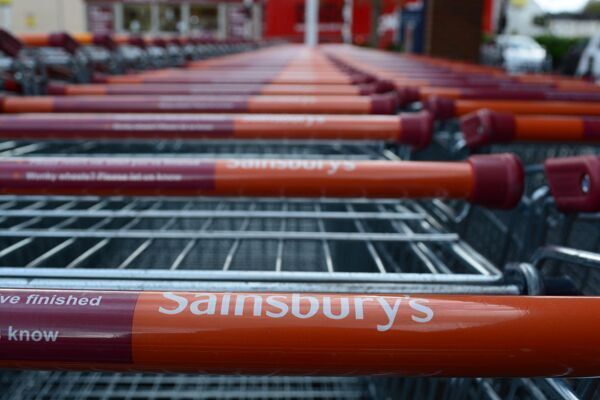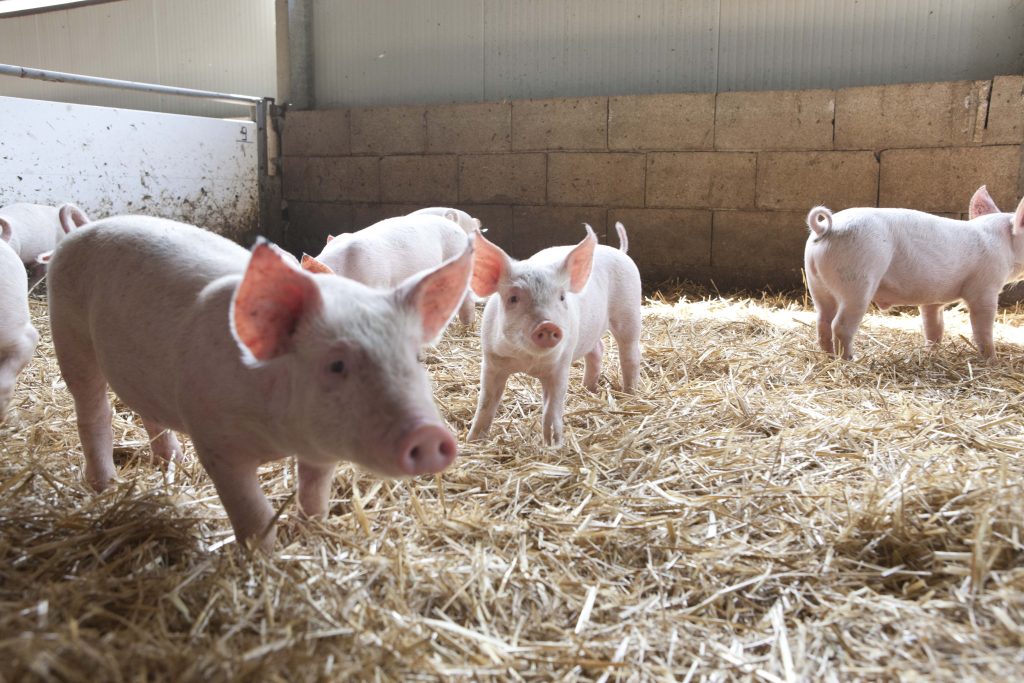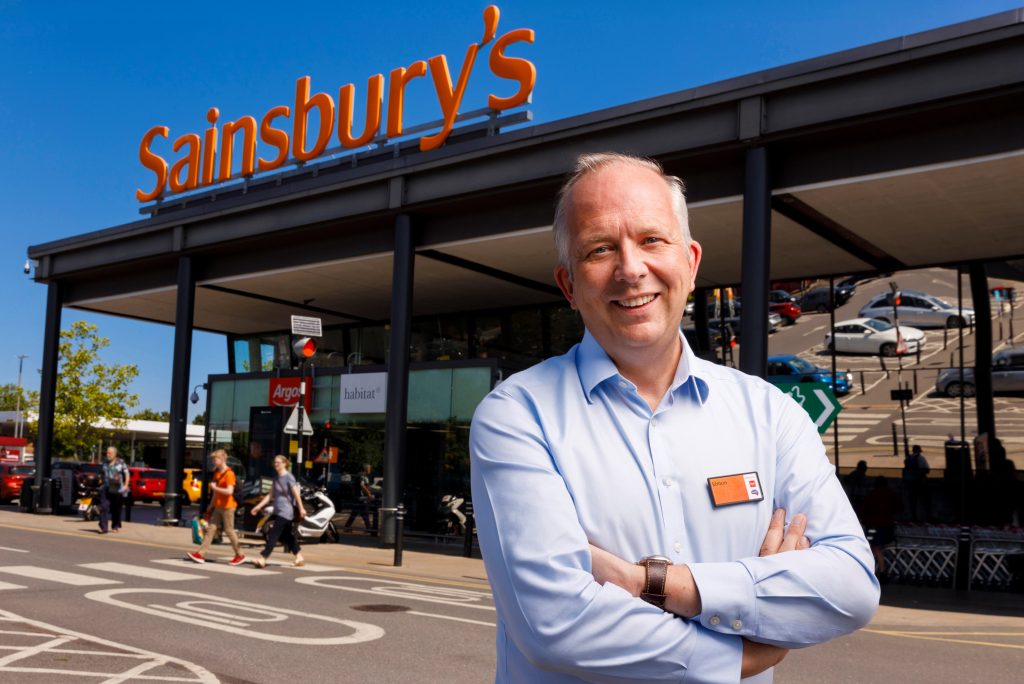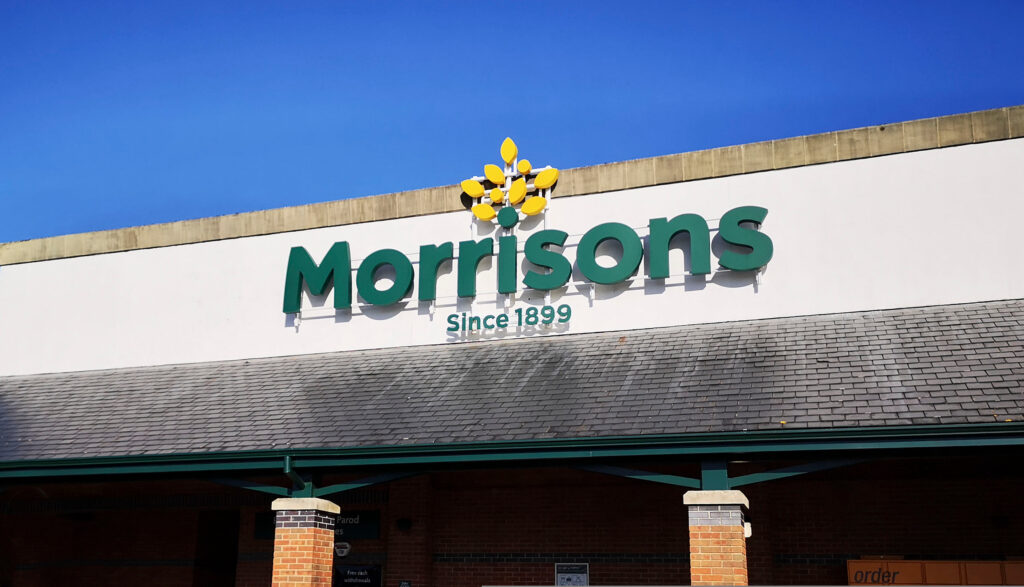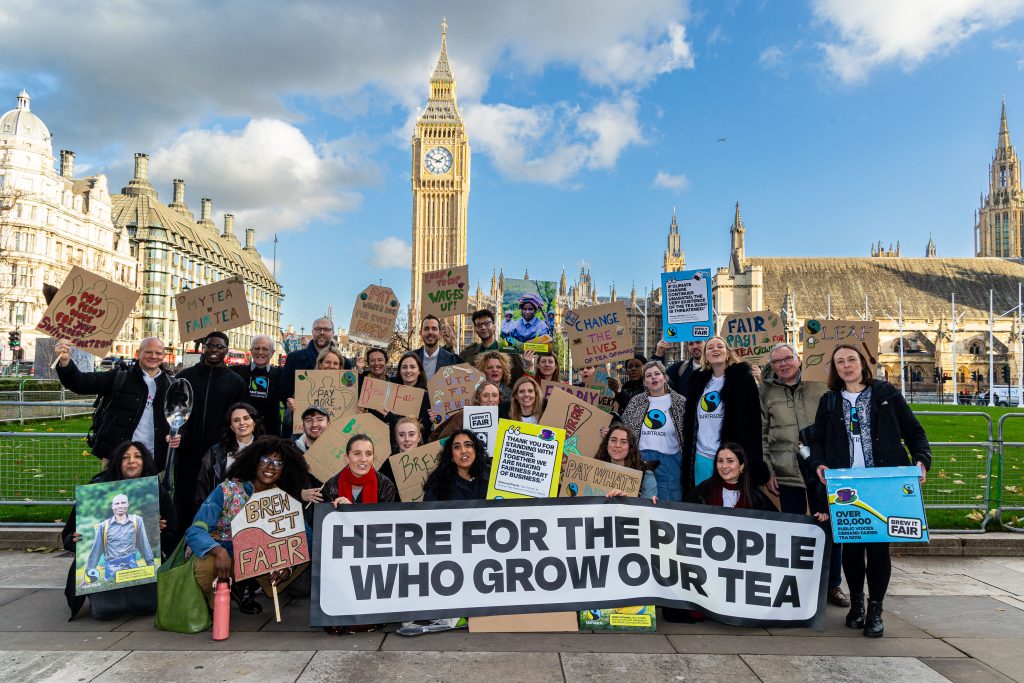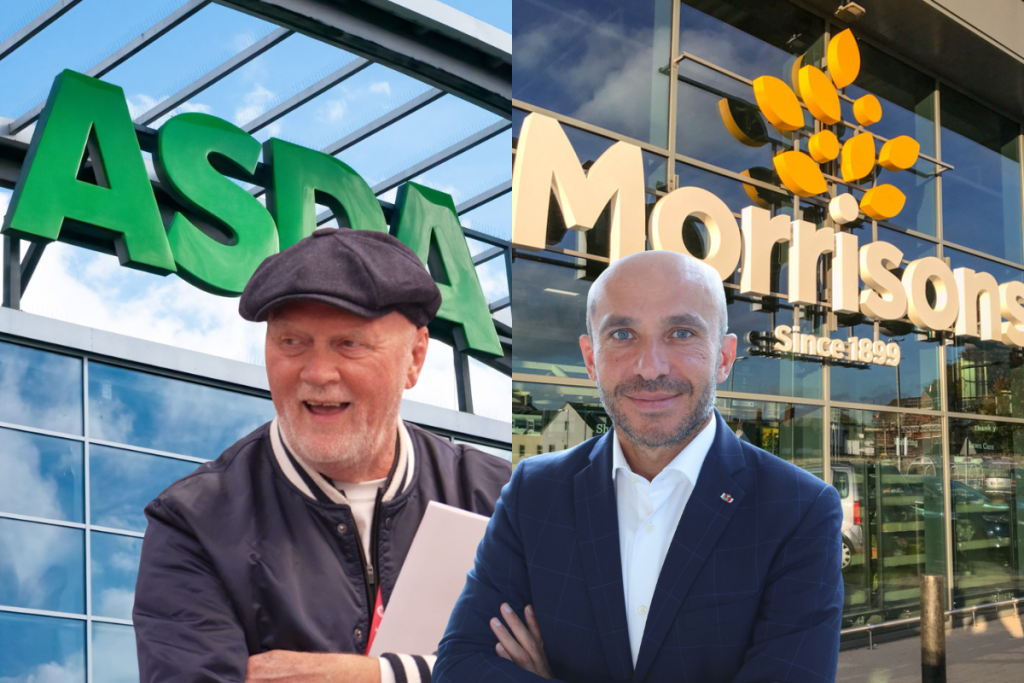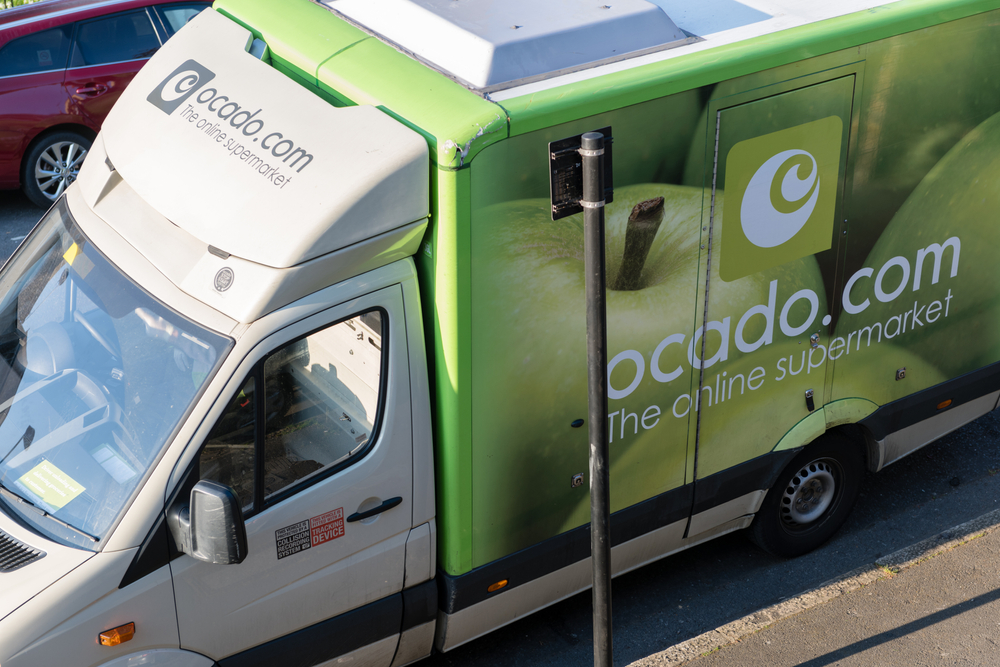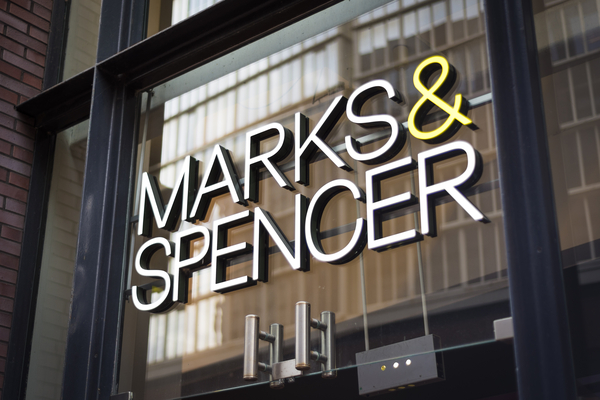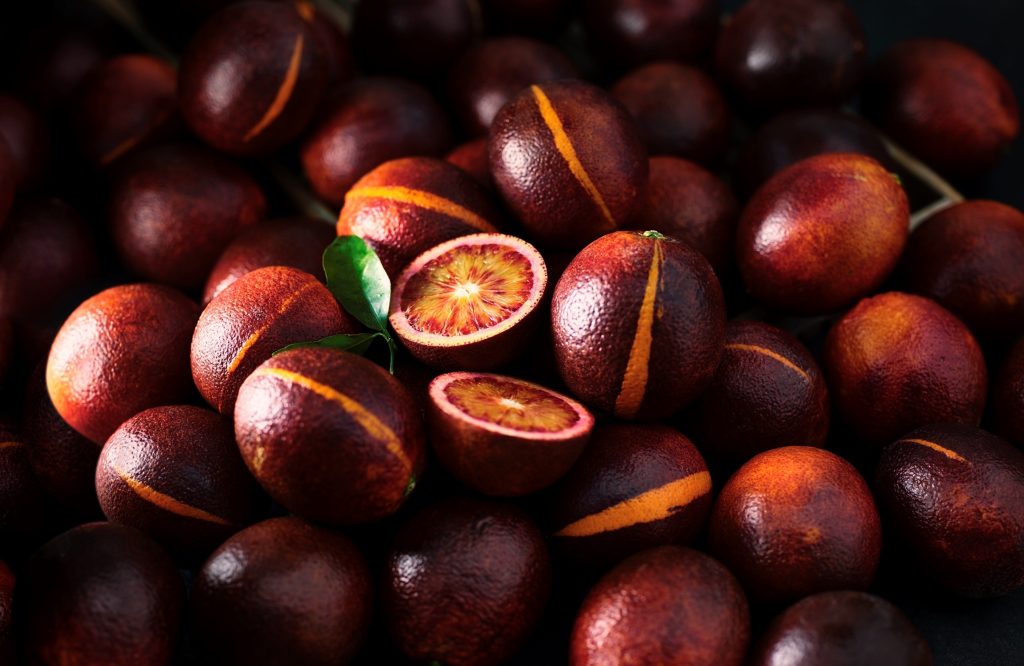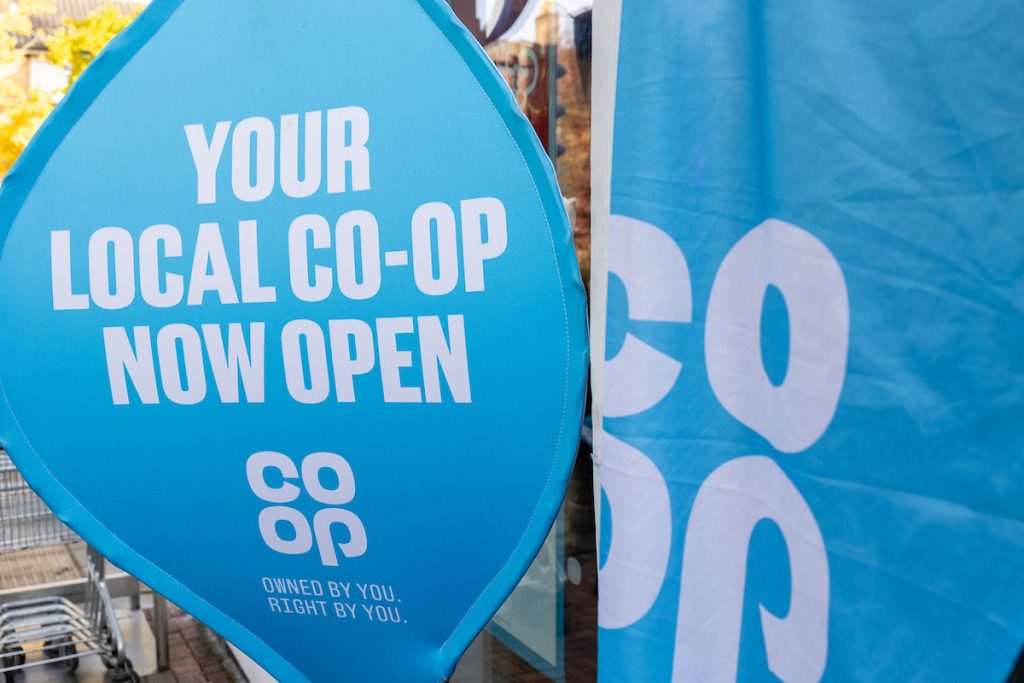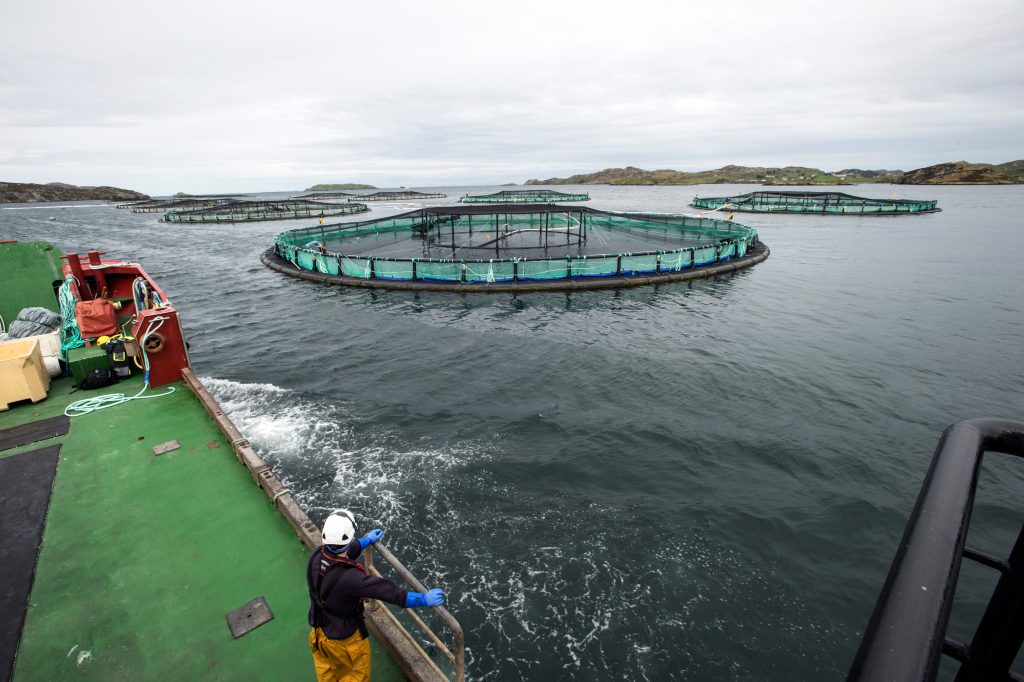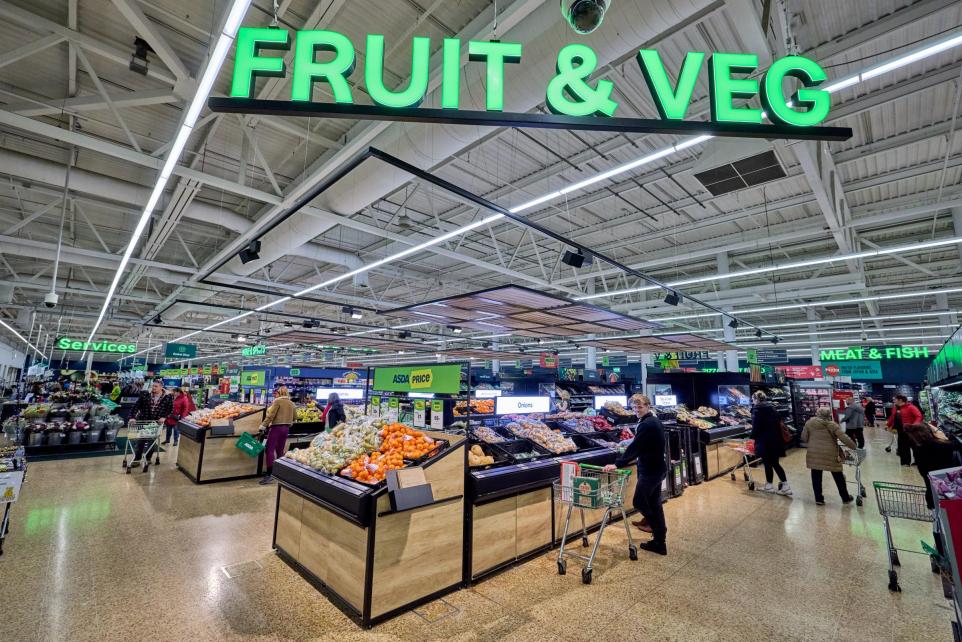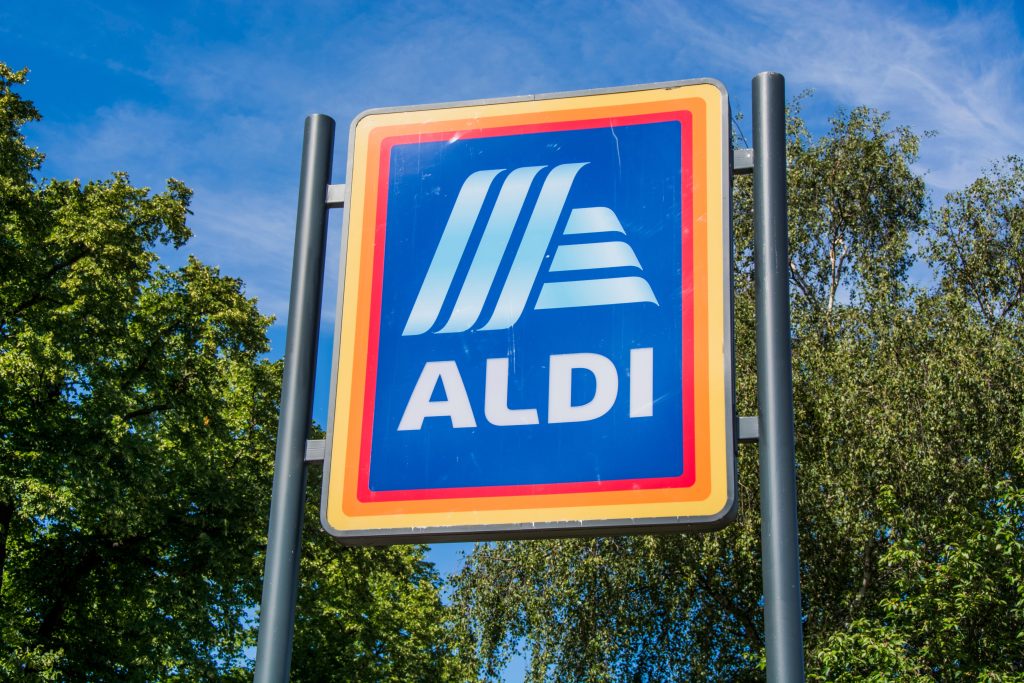Sainsbury’s has posted its second year of profit decline, having sacrificed margins to keep market share as it tries to keep afloat in an intensifying pricing market.
Underlying profits fell to £587m for the year to 12 March, down from £681m in the previous year while pre-tax profits were £548m, compared to last year’s £72m loss.
Sainsbury‘s has had little choice but to shift to a medium-low pricing strategy, helping it to retain its largely loyal middle class customer base but ultimately costing millions in profit.
For consumers, it‘s a golden period of cheaper groceries.
According to the latest data from Kantar Worldpanel, Sainsbury‘s is faring better than rivals Tesco, Asda and Morrisons. All four saw a sales decline in the last quarter, although Sainsbury‘s was the least affected and kept a 16.5% market share. Meanwhile, Aldi and Lidl recorded double digit growth.
It‘s a tumultuous landscape and it isn‘t likely to change anytime soon according to Sainsbury‘s CEO Mike Coupe.
“Prices are actually 4% lower, would you believe, than two years ago and that’s a reflection of the fact that the market is fiercely competitive – and it will remain so for the foreseeable future.”
“We believe we have the right strategy in place,” he added, “and we are taking the right decisions to achieve our vision to be the most trusted retailer where people love to work and shop.”
In April, the big four grocer agreed to buy Argos-owner Home Retail Group in a deal that will enable customers to select from over 50,000 products and supposedly collect them from one of 2,000 outlets within four hours. Take that, Amazon Fresh.

